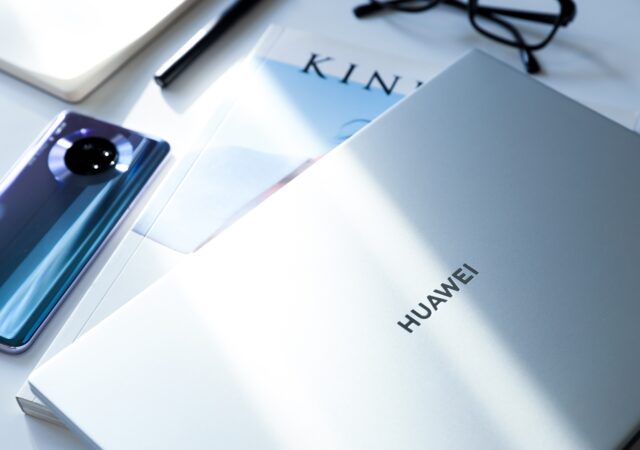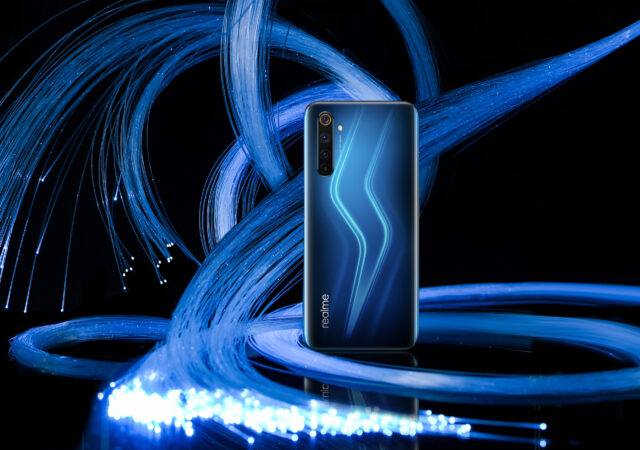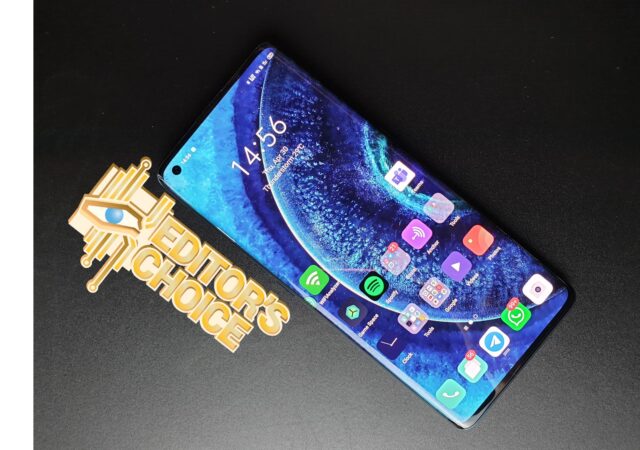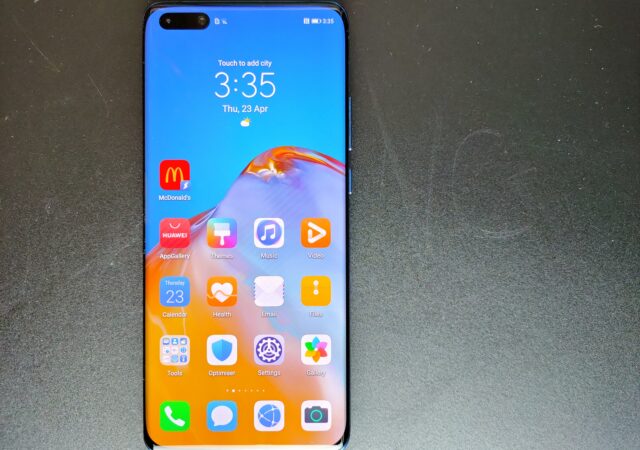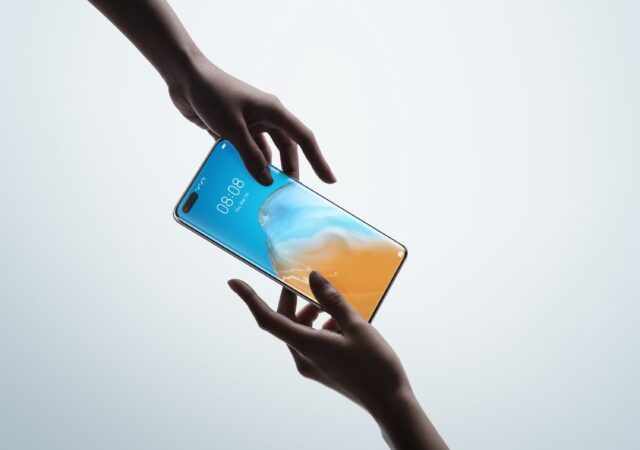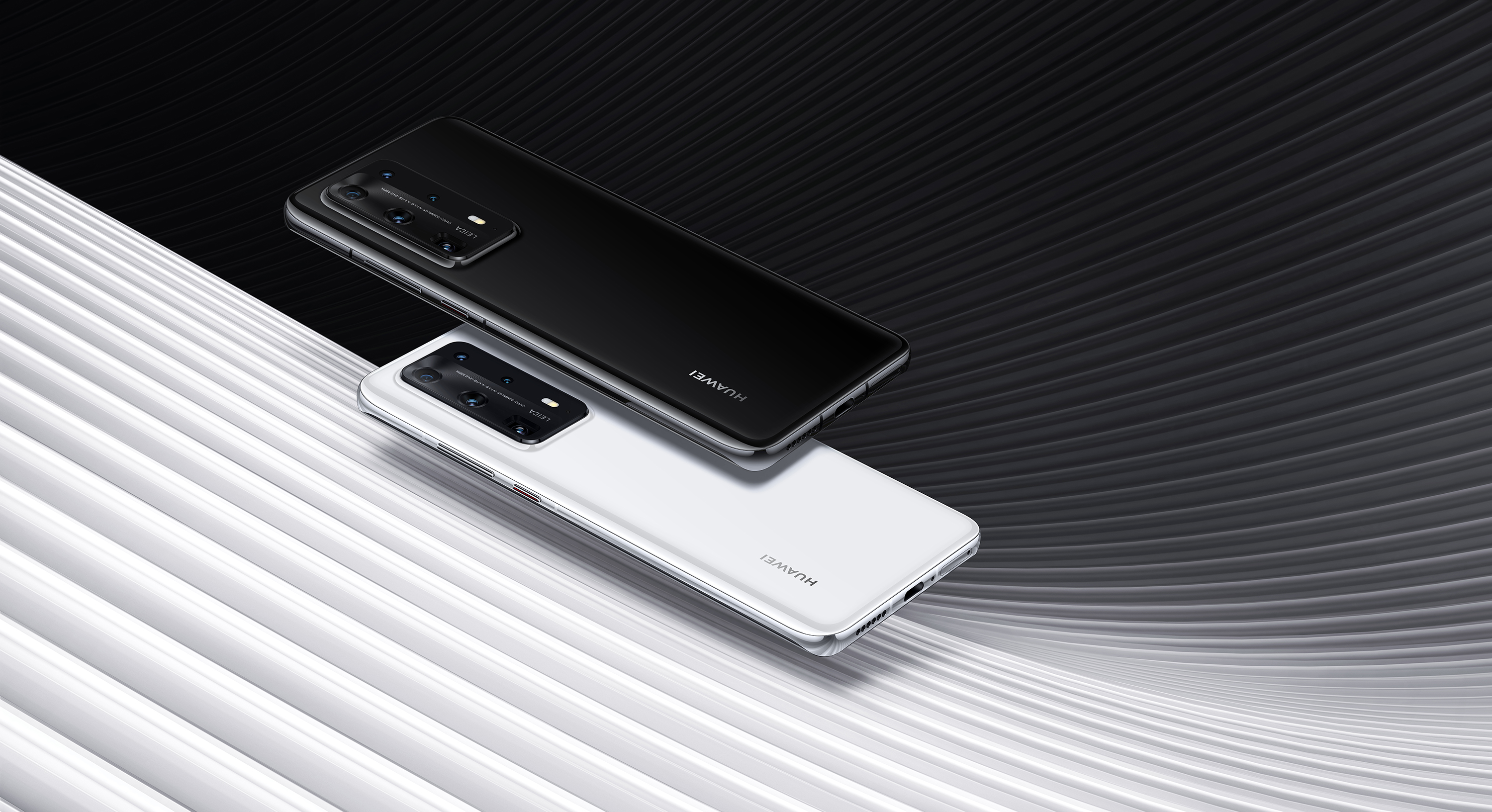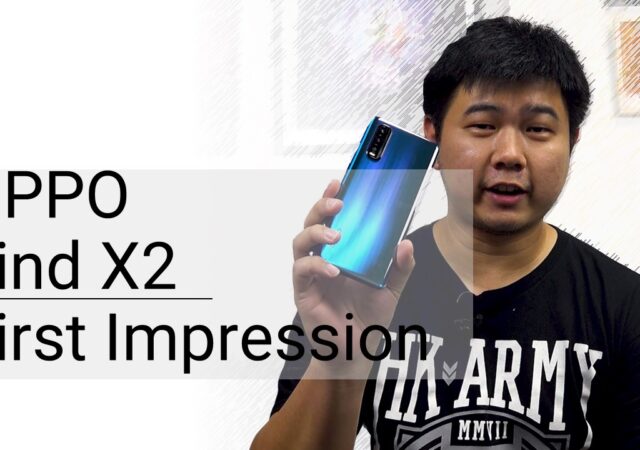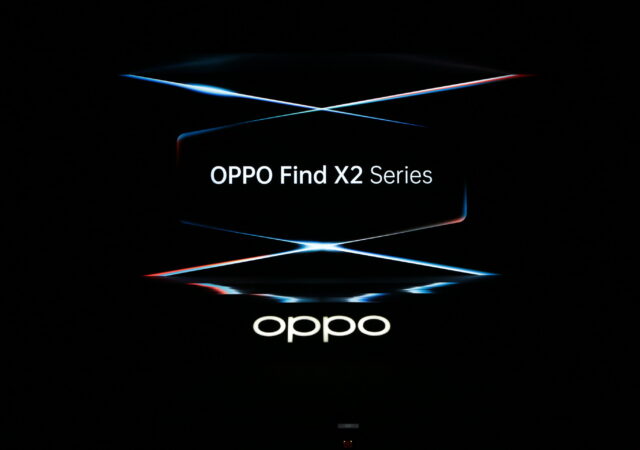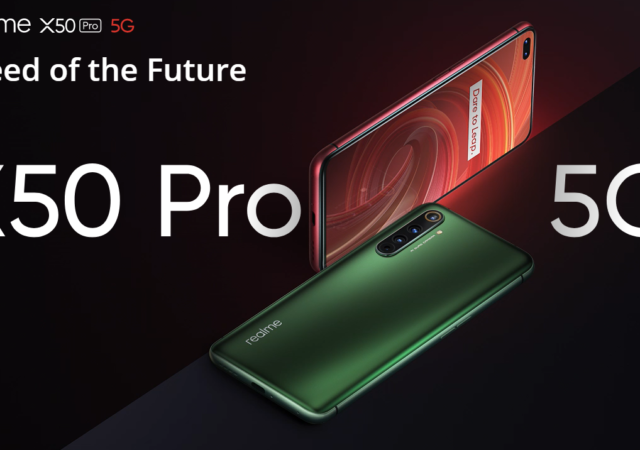HUAWEI launches the new MateBook notebook PC line-up featuring Intel’s latest 10th Generation CPU and NVIDIA’s latest GPU to boot.
realme 6 Pro puts Flagship Performance in Your Hands for Only MYR 1,399
realme just launched their brand new realme 6 Pro to complete the realme 6 series line-up. The realme 6 Pro brings high-performance Qualcomm Snapdragon 720G to the more affordable space at MYR 1,399.
The OPPO Find X2 In-Depth Review – Ticking All the Right Boxes
The OPPO Find X2 is a fine flagship smartphone that ticks all the right boxes in the flagship segment for MYR 3,999. Is it worth it though?
HUAWEI P40 Pro In-Depth Review – More Camera, Most Smartphone
The new HUAWEI P40 Pro is a mighty powerful smartphone with really good cameras. With the exclusion of Google though, is it worth MYR 3,899?
The HUAWEI P40 Series has arrived in Malaysia!
The highly anticipated photography flagship is here in Malaysia! The HUAWEI P40 series, the devices that tops the DX0Mark charts have made their way to the local market. The devices will be available 11th April 2020 onward starting from MYR 2,799 onward.
Huawei P40 Series Launches – The Evolution of Smartphone Photography.
HUAWEI just launched their brand new flagship P40 series. The new smartphone is the new word for smartphone photography with a bigger 50MP RYYB sensor. The new flagship will be available 7th April 2020 onward.
First Impressions on the OPPO Find X2
The OPPO Find X2 is now officially available in Malaysia. It is OPPO’s most powerful and most expensive device at MYR 3,999. We share our first thoughts about the device.
Tech & Tonic Episode 5 Feat. Smashpop – OPPO’s New Flagship Impresses and Revisiting Smartphone vs Camera
This week in Tech & Tonic, we have Jason Goh of Smashpop! Jason is a content creator focusing on social media platforms. He is @smashpop on every social media platform there is. We spoke about the new OPPO flagship, the Find X2, and whether or not smartphone cameras can replace proper cameras.
OPPO Find X2 Series Global Launch – Replacing An Icon
OPPO has unveiled their flagship replacement, the OPPO Find X2 series. The OPPO Find X2 packs flagship hardware with some really innovative camera and display technologies.
Realme X50 Pro 5G Announced In India!
Realme first phone to come with Qualcomm’s Snapdragon 865 processor has been officially launched in India!



